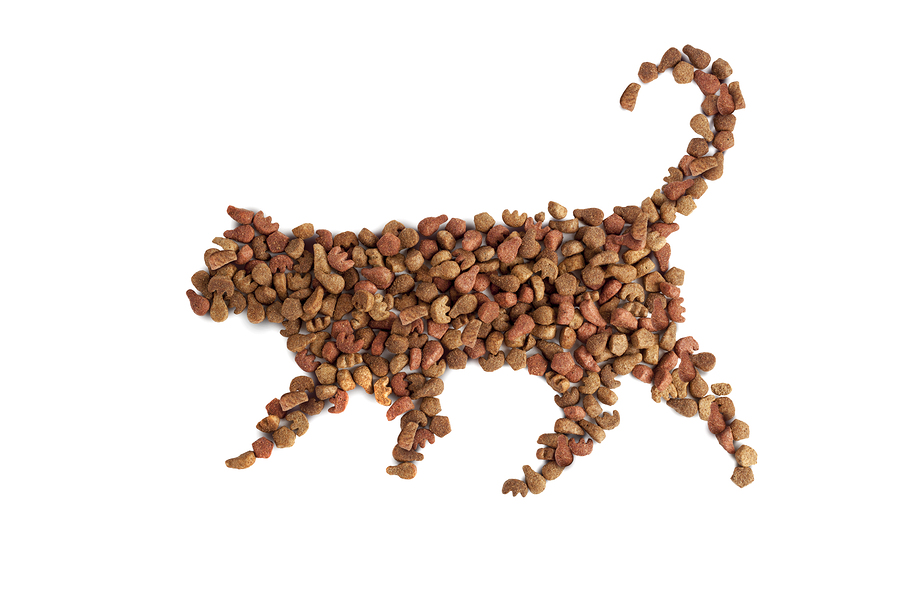This post may contain affiliate links. We are compensated for referring customers to our affiliate partners.
When conducting cat food analysis, the debate regarding dry and wet food always comes up. While the convenience and the relative low cost of dry food makes it a prime candidate for most cat owners, there are some risks involved. If you’re looking for optimal health and a long life for your feline friend, dry food may not be the best choice for your cat.
At Cat Food Insider, we conducted dry cat food analysis, and found that there are a few things you must consider when you decide to purchase. Let us go through each thing one by one.
Rendered Products
The first thing to address is the ingredients found in dry food. They are typically made from rendered ingredients, such as chicken meal and types of meat and bone meal (MBM). What does it mean to be rendered? The rendering process starts with animal-source ingredients being pushed into a massive grinder, turning them into chunks. This collection of chunks is then boiled at high temperatures in order to be turned into mush.
With that being said, some rendered products will be better than others. Chicken meal, for example, is likely to pure, since the rendering plant is usually associated with a slaughterhouse that only deals with chickens. On the other hand, meat and bone meal (MBM) can be scary. These are usually dumping grounds of some of the most vile ingredients you can think of. Non-meat parts from common animals, and other parts that are unsuitable for human consumption can be found in these mixes. This can be rather disturbing, since it’s impossible to tell what your dry cat food was made out of.
Carbohydrate Content
As you may know, cats are carnivores, meaning they rely on a heavily based meat diet in order to survive and thrive. This means high protein and high moisture. Unfortunately, according to our dry cat food analysis, most of these foods have a considerable amount of carbohydrate content. In fact, the average carbohydrate count found in dry cat food is around 30%. Just so you are aware, protein is the most expensive ingredient to use in cat food, while carbohydrates are the cheapest. With that being said, cheaper foods will most likely contain more carbohydrates as a result.
High Caloric Count
It may come to no surprise to some that over 50% of the cats in the United States are overweight. This is extremely troubling, considering all of the risks associated with being obese. It will shorten your pet’s life, create unnecessary discomfort, and lead to a number of potentially fatal diseases. These diseases include diabetes, liver failure, heart disease, asthma, and even cancer. With that being said, dry cat food is the leading cause of obesity in cats. This is because dry food has a highly concentrated caloric count, more so than canned or high-moisture food.
Moisture Content
Because the word “dry,” is in the name, it may come to no surprise that dry cat food has very little moisture in it. This is a very serious issue for cats. In the wild, cats are meant to attain moisture from the blood of their prey. With the lack of moisture found in dry cat food, cats can often develop kidney complications, such as urinary crystals and stones, as well as bladder infections.
Make The Right Choice And Consider Trying Wet Food
Hopefully, after reading this, you understand that dry food may not be the best option for your feline friend. While it’s easy to scoop up a cup of dry food and put it in the bowl, we as pet owners must be more responsible than that. The extra few seconds it takes to open up a can of wet food makes all the difference for your cat’s health and longevity. If your cat has grown accustomed to dry food, try slowly waning it out by mixing it in some wet food. Eventually, you can eliminate the dry food entirely.
There are more posts regarding cat food analysis at Cat Food Insider. Please browse our website to read expert reviews on all the cat food brands and recipes that are out there on the market.



